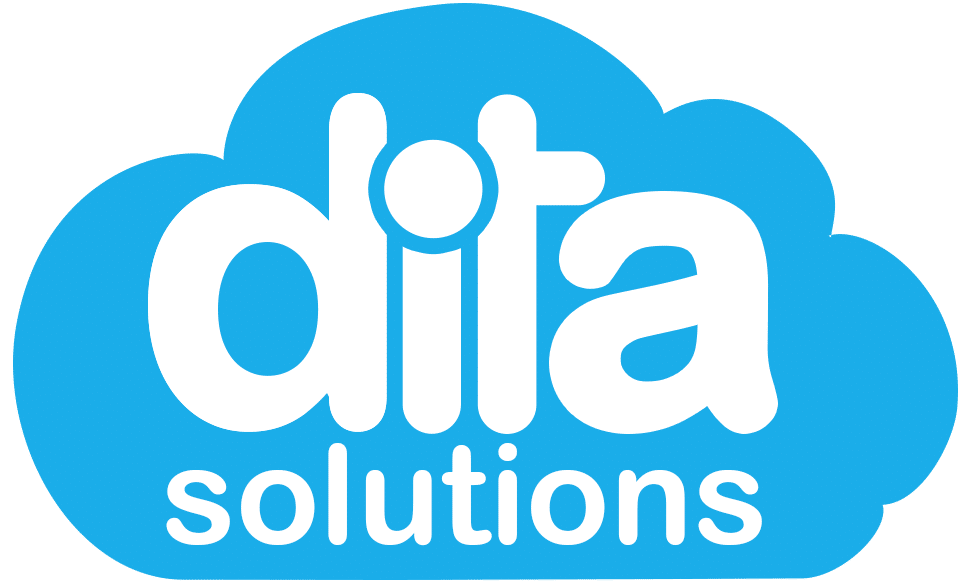In addition to standard compliance training, it’s vital that organisations have specific professional development training available to its workforce.
This has many benefits:
- It keeps staff up to date in their chosen field
- Allows them to expand their professional skills into different areas
- Maintains a pathway for personal and professional growth
- Promotes loyalty
- Builds a more diverse and effective workforce
This helps keep your staff happy. It gives them growth potential and it also gives you more scope to fill vacant positions from within the organisation.
Self Improvement
In the current working environment, quality staff members are looking for self-improvement. This can be achieved a number of different ways. When an organisation shows its willingness to assist its staff with professional development, employee satisfaction grows to higher levels. Rather than if they have to look to others outside your organisation for this help.
Identifying the type of Professional Development required for your workforce is important. The best way to start is by identifying and creating competency mapping for your organisation. In essence, it’s best if you are able to supply the training required for each competency. Whether it be in-house or external, as long as you can automate the process and make it available for your workforce. Then you can use this training to give employees a learning pathway or Professional Development training.
Let’s look at a simple example of this and then create a scenario:
Jim works in the warehouse as a general Storeman. He really enjoys the organisation he works for but is looking to upskill himself as doesn’t always want to be a Storeman. Jim talks to his immediate boss Tina, the company’s warehouse superior about wanting to improve his skills professionally.
Scenario Example
Tina listens to Jim but does not have any competency mapping or training pathways available in the company to offer Jim. Even though Tina wants to assist Jim, her only option is to explain that he will need to have a think about what he wants to do in the future and to upskill himself. Jim is grateful for Tina’s advice and decides to take an external course in warehouse management. During this training, Jim meets a number of contacts, one of which offers the opportunity to apply for a job as a warehouse superior in a different firm. Jim gets the job and starts his new employment. Tina is left to find a new employee and now has to provide training to get the newbie up to the level of former employee, Jim.
Another Scenario
Tina listens to Jim and discusses with him the professional development training on offer by the company. Once she discovers he wants to become a warehouse supervisor, she discusses the competency mapping. As well as the training pathways available to Jim via company training. Jim is grateful for Tina’s advice. He decides on the appropriate training and courses mapped out by the company to become a warehouse supervisor.
While Jim is completing training, a position comes up in another warehouse owned by the company he currently works for. Via the learning platform his employer has in place, the recruiter sees that Jim has almost completely fulfilled the minimum competency standards required by the company for that role. Jim is offered an interview. With a glowing reference from Tina, Jim remains with the company. He feels a sense of loyalty as they have helped him achieve his current desire of self-improvement through the company’s own professional development offering.
To find out more about dita Solutions and to sign up for your FREE trial, click here.
